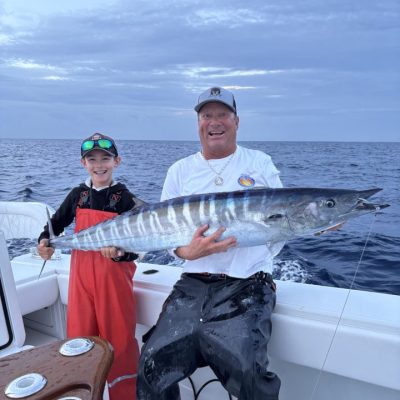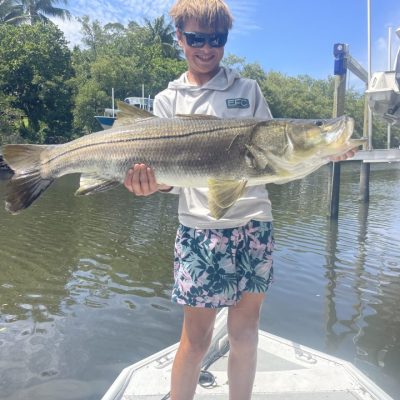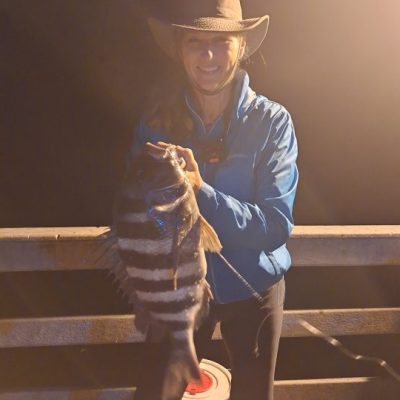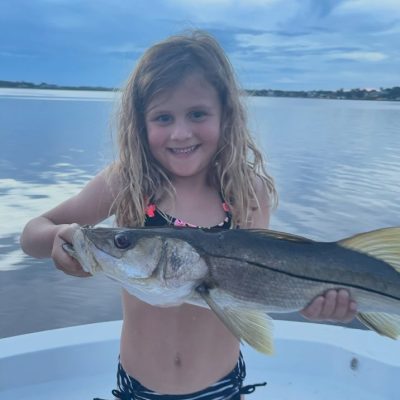Conservation
Environmental and waterway news.
Latest in Conservation
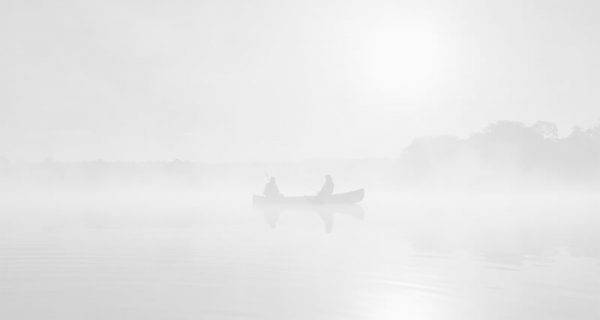
FWC Commission considering creating saltwater game fish and sport fish designations
TALLAHASSEE (December 5, 2012)—The Florida Fish and Wildlife Conservation Commission (FWC) discussed the possibility of creating saltwater game fish and …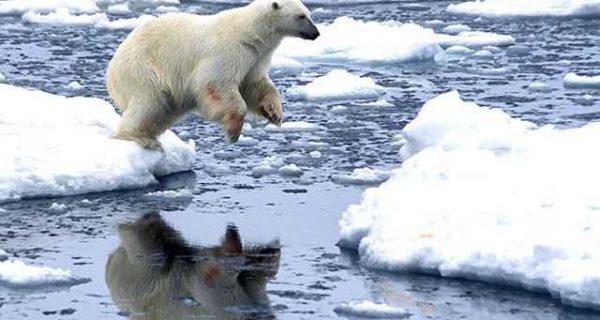
Frozen Oceans
By Ellie Van Os In December at the Florida Oceanographic Coastal Center, we are highlighting our frozen oceans because of heightened …
A Fishing Trip for the Memory Book
Is there anything better than a good fishing trip? I mean, really?
Oceanic noise pollution…a marine mammal threat
By Ellie Van Os Approximately 50 million years ago, terrestrial mammals started to make their way back into the ocean …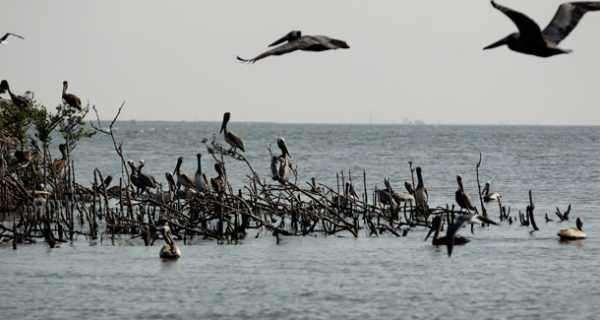
Time to Weigh in on the Future of Gulf Fishing
You’ve probably heard about the RESTORE Act and the GoCoast 2020 Commission, you haven’t been paying close attention to the …

